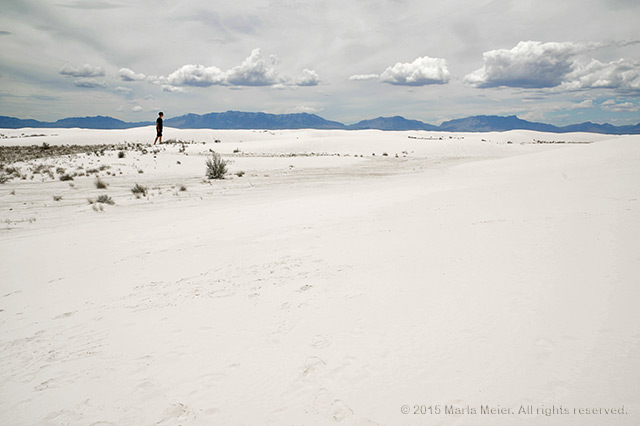
Art is personal. Good art is sincere, deeply investigated, and, in rare and beautiful moments, a spontaneous discovery.
Many novice artists with little or no knowledge of the medium create enjoyable pieces that express a simple vision. Such expressions rarely constitute a body of work, although even one may eventually form the basis for a collection.
However, a moment of success is often not repeatable and usually doesn’t reflect all the undiscovered capabilities of the artist. Yet that spontaneous moment represents a taste of what’s truly possible. Enrich such a small beginning with practice and gradual mastery of a medium, and the result can be the ability to share a personal vision that lifts the human spirit, offering the world the gift of fine art.
How can you achieve this goal, this marriage of vision and craft? Perhaps a good place to start is to find out why great works of art throughout history continue to move and engage our attention.
Works created centuries ago in music, painting, sculpture and, within the last one hundred fifty years, photography excite and delight our minds and hearts. How can art that evolved in completely foreign cultures, in times that seem to have no connection with modern society, have such power?
Each artist offers us a personal vision that resonates with something universal and timeless. Perhaps the resonance originates in the pure elegance of composition that we find in the natural world, or perhaps it exists internally and is simply a core truth that we intuitively recognize due to our shared humanity.
We can discover universal ideas by looking at who we are as individuals, as well as by exploring the ways in which we relate to the world. Photography is inherently voyeuristic in nature, encouraging the artist to observe rather than to lose him/herself in a situation.
It’s a fascinating approach to unveiling what is real and unreal in the experience of the artist. Many photographic artists deliberately manipulate the image through pre-exposure or post-exposure, using many facets of the craft, even merging so-called “straight” images with other media.
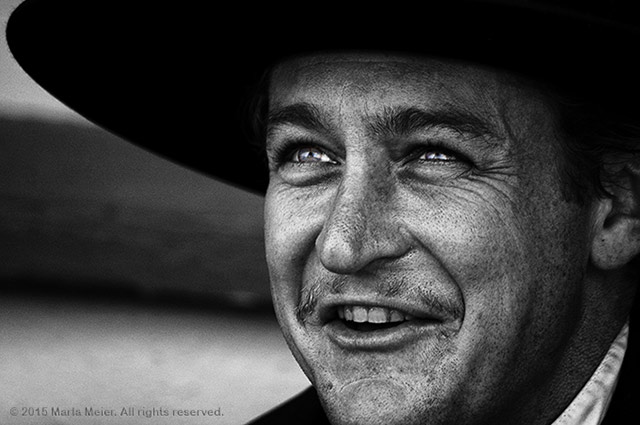
Who are you? For those on the creative journey, there is no ignoring that question. As an artist who plans to exhibit work, you have chosen to put your expressions “out there” under the often brutal scrutiny of the public.
You can choose to reveal your innermost and deeply personal truths, or you can choose to comment on the world, or perhaps, you can choose to do a little of both. Whatever you put “out there” will cause a reaction, even if the reaction is to ignore your work.
Should you listen to rejection? It’s very difficult for most of us to respond to rejection with an open mind. The only reason to listen is if the comments come from a considered source.
The one doing the criticizing should be a valued teacher or insightful critic who has taken the time to examine and learn about your vision. We all know that it’s naïve to spend time exclusively with people who dole out only applause.
Your doting mother and your best friends are probably not going to be your best teachers. Your most valuable resource will be someone who questions, challenges, and at the same time, encourages, offering fresh ideas and inspiring new energy for deepening your commitment.
Commitment is essential. Making art is not the proverbial walk-in-the-park. In fact, it’s probably more comparable to training for a marathon. If you’re lucky, you start out in pretty good condition (good technical training is important), so that getting up-to-speed is not a never-ending story.
And moving forward, if your desire is to be noticed and have your art be recognized, are many incremental successes: a photograph gets juried into a show or published in a magazine, then you have more than one photograph featured in a group show, until at last, you’re honored by a solo exhibit of your work. There’s nothing wrong with taking baby steps, exploring and experiencing all kinds of possibilities.
The number of aspiring artists who miss their true calling for years is enormous. We usually crawl before we walk and walk before we run. During each process, we learn the fine points of using our natural abilities. We discover nuances within our sensibilities. In art as in life, we know to be prepared for failure as well as for success.
Somehow, in the long run, mistakes often seem to be more exciting and productive from the standpoint of learning. Risk-taking is an important part of the equation.
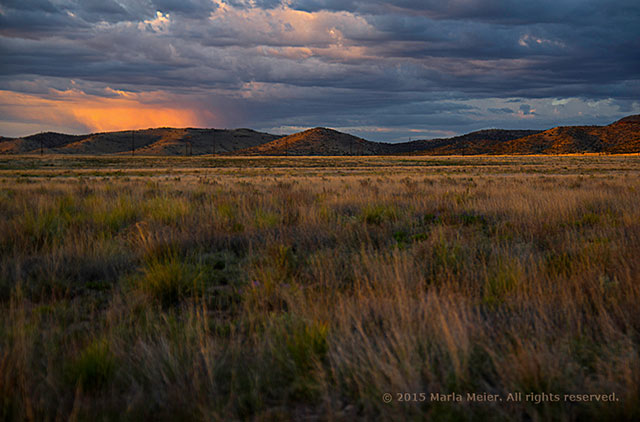
Are we talking about technique? Absolutely. If you’ve never tried using various forms of printing your body of work, how do you know that one of them isn’t the perfect process for showcasing your vision? In the same breath, we’re also talking about ideas and emotions.
It’s amazing to observe people who concentrate exclusively on technique, a common direction chosen by photographers who have no experience in fine art. They dedicate huge amounts of time and energy, finally becoming masters of the medium.
However, these photographers and their admirers may confuse fine craft with fine art. Here’s where you need that marriage we’re seeking. If vision doesn’t accompany craft, the craft ends up as an empty shell of scientifically acquired knowledge–a superb example of impersonal technical skill and dedication.
As fascinating and admirable as this exacting approach might be, it’s not likely to move the spirit on a deeper level, and it’s not what we usually categorize as fine art.
We know where to learn about craft. There are hundreds of books and classes on techniques that have been handed down by the masters over the last hundred or more years. All kinds of information about newly invented methods appears almost daily.
Attaining a vision is more difficult for most people. A huge part of an artist’s vision is usually found in solitude, in meditation and introspection. Another important source is the process of simply making art. Hard work eventually leads to discovery. While sheer volume for the sake of volume is useless, effort accompanied by intent can be exceptionally productive.
Create your personal vision and don’t be afraid of influences. You’re strong enough to draw from influences without becoming lost in them.
Spend time with images by great photographers and with photographic artists whose company you enjoy, whose images you admire, and who have created an elegant and exciting body of work. Their passion is contagious. It will give you strength while you’re laying the foundations for your own personal vision.
Listen to great music; look at great paintings and great sculptures; read great literature. Question everything–including yourself, your ideas, your feelings, and–above all–your perceptions.
By Marcea Wynne
Reprint and update of 2004 Article
Photos: © 2015 Marla Meier . All rights reserved.

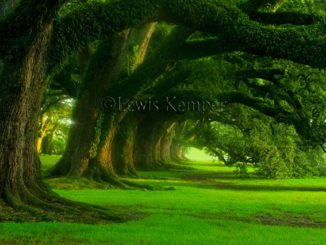
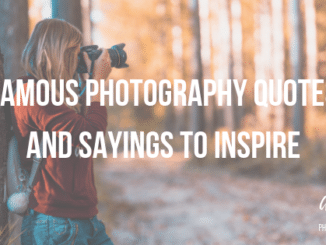

Leave a Reply